At one of the companies I worked at, there was a room we called "the cave". It was a very dimly lit room for the CAD people doing work with CRT monitors, with the brightness turned down, which resulted sharper images. I still have two CRT monitors (Hitachi CM722, Viewsonic G225FB), and in a dark room, you're getting close to true blacks with these and better CRC monitors. I also have an LCD (IPS) monitor, and in a dark room you see the back lit light coming through producing a dark shade of grey, and brighter if viewing angle is not straight ahead (so if looking at center of screen, the corners are brighter).
However, in a nearly black room, the phosphors on a CRT monitor can give off a glow for a while after the CRT monitor is turned off, and those phosphors can also pick up some energy from ambient light in the room (so just after turning off a light, you get a bit of glow). I assume that OLED monitors or TV's do not have this effect.



